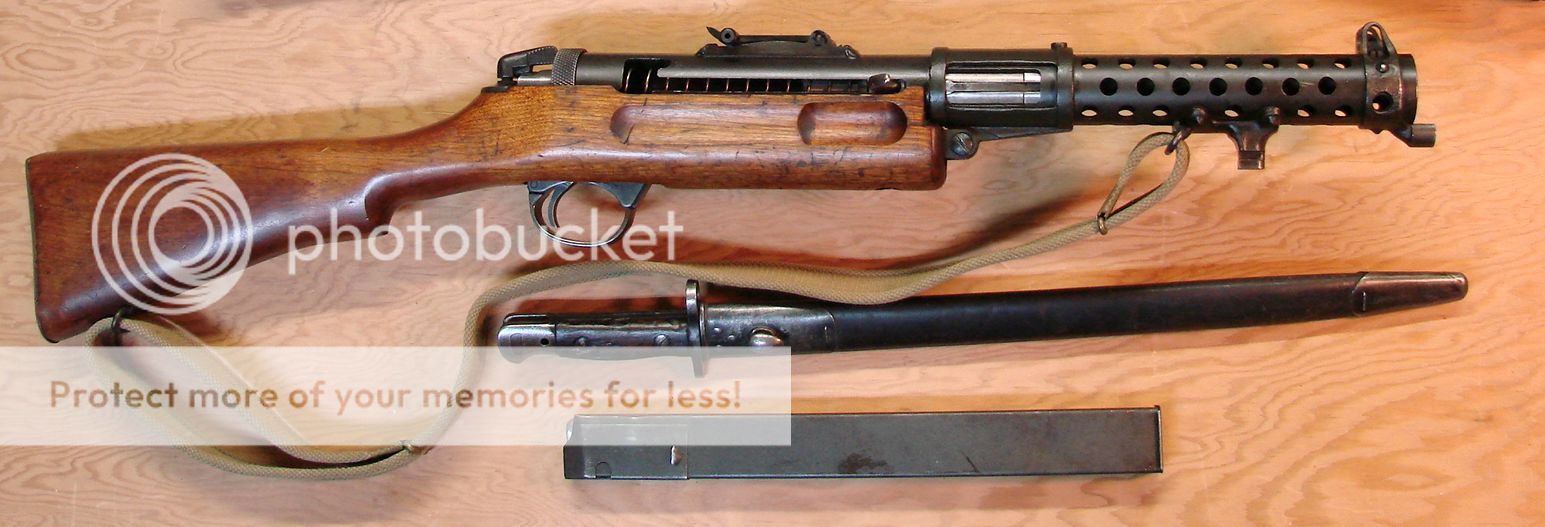I am trying to get a sense in the 12/3 collector community what sort of interest there might be before I go any further with the marketing of these 12/3 guns.
The British Lanchester smg is dated 1942 and comes with the accessories shown.


The Russian PPSh-41 is dated 1943 and comes with the accessories as shown.

The British Lanchester smg is dated 1942 and comes with the accessories shown.


The Russian PPSh-41 is dated 1943 and comes with the accessories as shown.





















































































